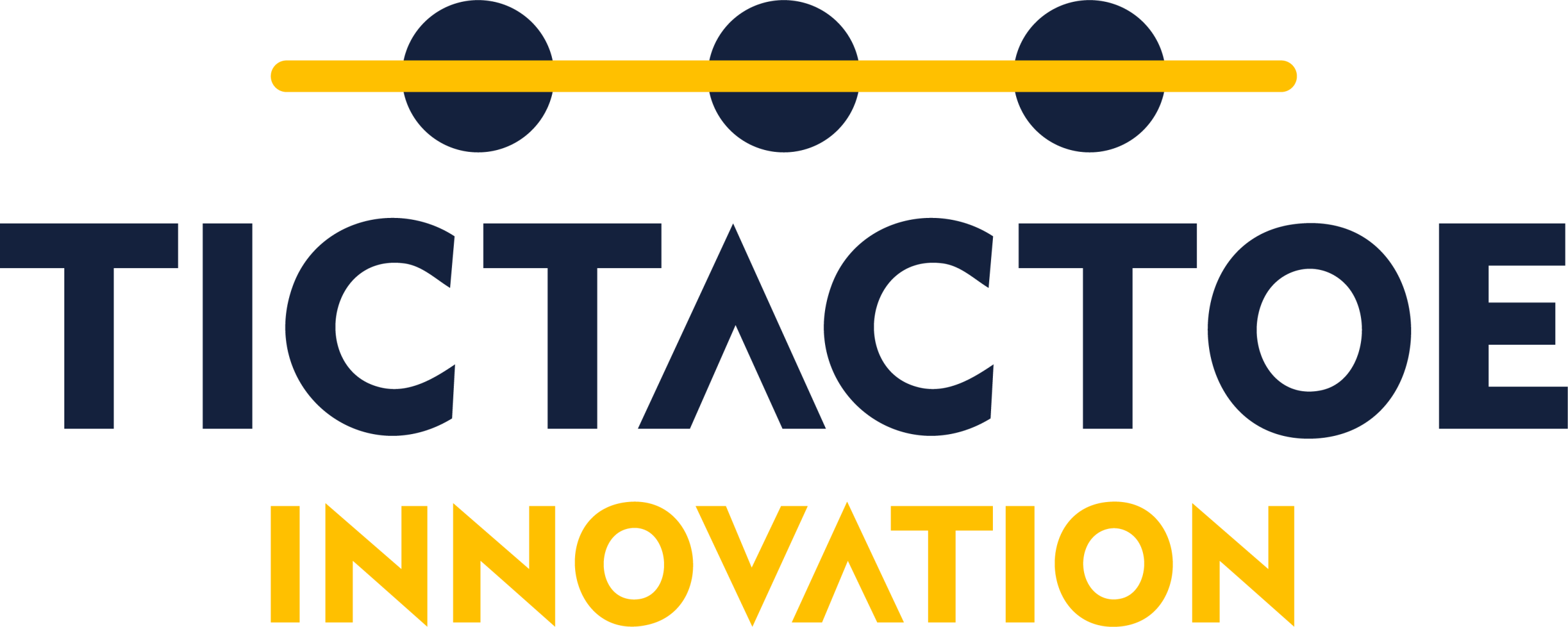
How our Brain Works – Episode 1
mayo 15, 2024
Innovation under pressure: How constraints spark better propositions.
agosto 27, 2025Curiosity is often viewed as a child’s trait, a simple desire to understand the world around us. However, in the realm of any business, curiosity transcends its basic definition to become a powerful catalyst for innovation. It fuels the quest for knowledge, propels discovery, and underpins the creative processes that lead to groundbreaking developments.
Curiosity: The Seed of Innovation
Innovation begins with a question: “What if?” This fundamental curiosity triggers exploration and experimentation, essential components for creating new products, services, or processes. When individuals and organizations embrace curiosity, they challenge the status quo, seeking out novel solutions to complex problems. This mindset transforms industries and drives progress.
For instance, consider the technology sector, where curiosity has led to advancements like the internet, smartphones, and artificial intelligence. Each of these innovations started with a curious mind asking unconventional questions and daring to venture beyond existing knowledge boundaries.
The Benefits of a Curious Culture
1. Enhanced Problem-Solving: Curiosity compels individuals to look beyond obvious answers, leading to more effective and creative problem-solving. This approach is invaluable in business, where complex challenges often require out-of-the-box thinking.
2. Continuous Learning and Adaptation: A culture of curiosity promotes lifelong learning. In a rapidly evolving market, staying curious ensures that employees and leaders continuously update their skills and knowledge, maintaining a competitive edge.
3. Improved Collaboration: Curious individuals tend to ask more questions and seek input from diverse sources. This collaborative spirit enhances teamwork and fosters a culture where ideas are freely exchanged, leading to more robust and innovative outcomes.
4. Greater Resilience: Curiosity-driven organizations are better equipped to navigate uncertainty and change. By continuously exploring and experimenting, they can quickly adapt to new circumstances and pivot strategies as needed.
Fostering Curiosity in the Workplace
To harness the power of curiosity, organizations must create an environment that encourages and rewards inquisitive behavior. Here are some strategies to cultivate curiosity:
1. Encourage Questioning: Promote a culture where employees feel safe to ask questions and challenge assumptions. This can be facilitated through open forums, brainstorming sessions, and encouraging leaders to model inquisitive behavior.
2. Provide Learning Opportunities: Offer access to training, workshops, and resources that allow employees to explore new areas of interest. Support for continued education and professional development can also stimulate curiosity.
3. Reward Exploration: Recognize and reward employees who demonstrate curiosity and innovative thinking. This can be through formal recognition programs, career advancement opportunities, or simply acknowledging contributions in team meetings.
4. Diverse Teams: Assemble teams with diverse backgrounds and perspectives. Exposure to different viewpoints can spark curiosity and lead to more innovative solutions.
Case Studies: Curiosity in Action
Several successful companies have demonstrated the power of curiosity-driven innovation. Google’s “20% time” policy, which allows employees to spend a portion of their workweek on projects that interest them, has led to the creation of groundbreaking products like Gmail and Google News. Similarly, 3M’s culture of innovation, which encourages curiosity and experimentation, resulted in the development of Post-it Notes and numerous other products that revolutionized their respective markets.
Conclusion
Curiosity is not just a trait but a critical business strategy. It drives innovation by encouraging the exploration of new ideas, enhancing problem-solving capabilities, and fostering a culture of continuous learning and adaptation. In a world where change is constant, curiosity ensures that organizations remain agile, resilient, and ahead of the curve. Embracing and nurturing curiosity within the workplace is not just beneficial; it is essential for sustained success and growth.
Come and join us for one of our workshops – either at a centralized location or one tailored to your company. We help organizations learn the curiosity behaviors that drive the creativity mindset – crucial for innovation.





